Good testimonials can move mountains (of prospects). But creating a seamless and effective flow from one testimonial to the next takes careful planning and artful selection.
You really can’t just sit down and email requests to clients asking if they’ll compose something about your terrific-ness. If you do, you may end up with a bunch of very happy clients saying essentially the same thing about you. And that is actually boring to prospects. You come across as a one-trick pony.
You need to craft a strategy that sets forth who you’ll ask, what aspect of your product/service/company they can best speak to, and what industries and job titles you want represented in your portfolio of client statements.
Essentially, you want your testimonials to resemble an army of snowflakes – no two are alike, yet each is perfect in its own structure and reflection. Array them for others to see and appreciate and you’ll sway hearts and minds.
So, as you prepare your list of clients to approach, first think about what you’d like a prospect to come away with after they’ve read that testimonial.
More importantly, think about what prospects are looking to see and learn when reading testimonials.
When prospects read, they’re looking for people in positions like themselves. That position can be reflected in the problem portrayed, the industry they’re in, or their job responsibilities. They want to see that you’ve helped people like them. They want to identify with your clients. They’re trying to assess if you “get them” and whether or not you can be of real help.
During your introspection, ask yourself, what do prospects want to know in order to engage with me? Are they looking for a certain set of products or skills? Is “attention to detail” a critical evaluation criterion? How about responsiveness to inquiries  and showing up on time to do the job? Or would they be eager to learn that not only did you install the solution well, but you provided a stellar after-sale experience to ensure the client was completely comfortable with their new system?
and showing up on time to do the job? Or would they be eager to learn that not only did you install the solution well, but you provided a stellar after-sale experience to ensure the client was completely comfortable with their new system?
Whatever matters most to prospects is what you want demonstrated in your testimonials. Ask for help from clients who can write about their experiences with you on those specific points. General praise is nice, of course. And one or two of those is fine. But a bunch of people saying “great job” or “ABC company is very professional” or “Joe is great to work with” only gets you so far.
It’s much more powerful when you can provide testimony to specific traits or effects you achieved for your client. That’s what helps prospects fully tune in to what you have to offer.
As an example –
Version 1 – “ABC Company did a great job installing our new windows. I recommend them to anyone looking for new windows.”
Version 2 – “We hired ABC Company to install all new windows in our office building. It was a cross-section of big panes, bow windows, even some cathedrals. Nothing threw these guys. When one of the support beams was found to be cracked, they didn’t even charge me extra to repair it before they installed the window. They were in and out without a trace, too. I really appreciated the way they coordinated the visit to coincide with my slower hours. They definitely know windows!”
Okay, I know I weighted v2 with more info. But believe me, if you leave the writing to clients without thought or providing direction to them, you’ll get more v1 style write-ups than you will v2 style. More importantly, v2 reflects detailed examples of how you handle items critical to prospects’ self-interests when searching for a window supplier. So rather than just saying “we do all that,” I’ve designed it so a client testifies that we do all that, in HIS words!
As I wrap up this primer for building more effective testimonials, I offer you this summary of key guidelines you can follow to make them happen for your company –
- Plan what elements of your company/service/skills you want highlighted
- Identify which clients can speak well of you on those items
- Assess who at that account is the right person to approach. Then call them and explain what you’d like to achieve and why you’re asking for their help. People love to be asked for help.
- It’s best if the client has both the time and the talent to write the testimonial for you.
- If the client cannot write it, offer to write it for the client and assure them that they get full approval of anything you write and attribute to them. BUT – before you write, ask to interview them. This is critical. If you write it out of your own head, it’s going to sound like you. If you ask the client questions and ask their view and wording of what you did, you can paraphrase their words and so you’ll sound like them rather than you. And that will improve the individuality and effectiveness of the testimonial. (Remember, we’re aiming to create snowflakes!)
- Make sure you choose a range of subjects to offer testimonials on (e.g. product performance, timeliness, under-budget, adaptability to extraordinary surprises during the work) so you show the breadth of your expertise.
- Try to arrange for your Testimonial Writers to come from a cross-section of industries and from whatever disciplines (job titles) that will resonate most with your target audience. For instance, if your goal is to appeal to Project Managers, you’re better off with testimonials from other Project Managers (or their higher-ups) rather than from the HR team. Readers will self-identify more easily.
By creating a strategy to highlight what prospects are looking to learn, you’ll have yourself a set of testimonials that will move mountains, of prospects! Good luck!
Have additional ideas for creating great testimonials? Share them below!
